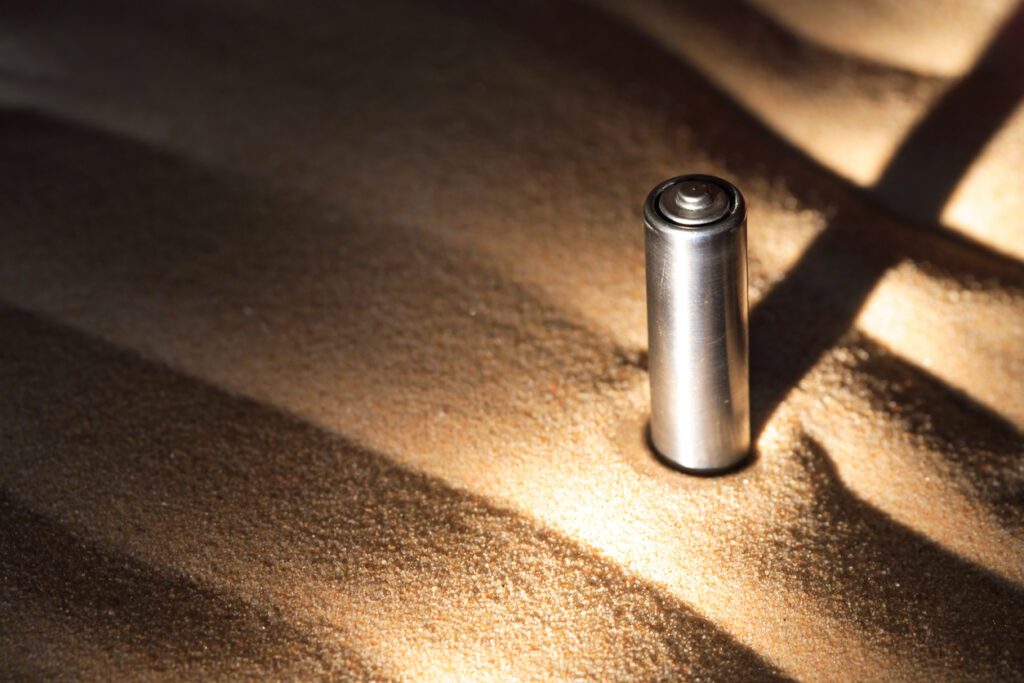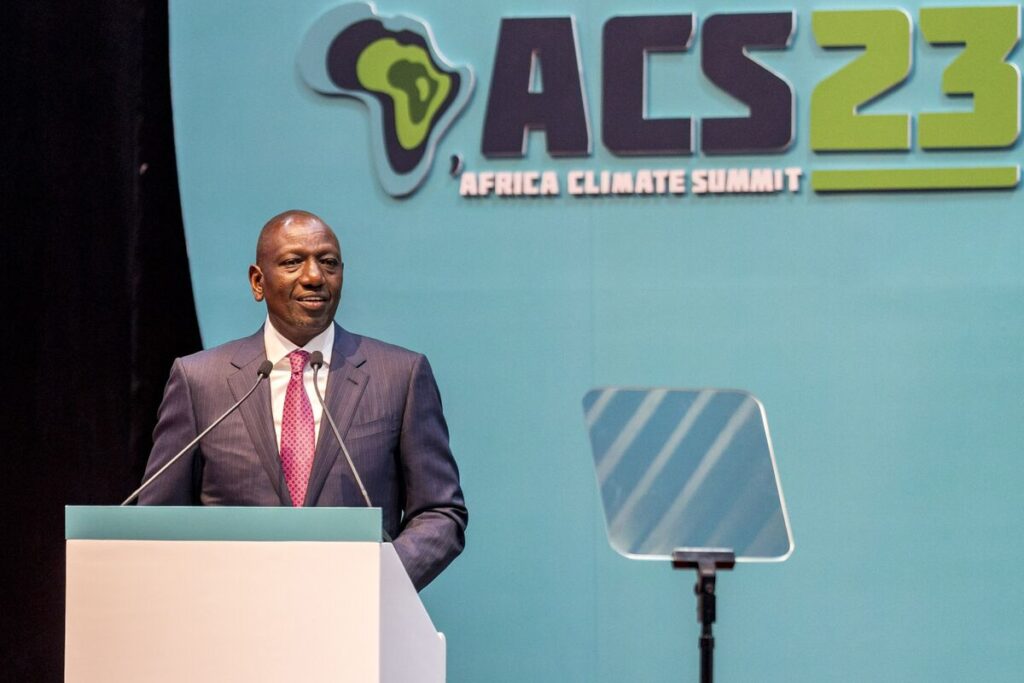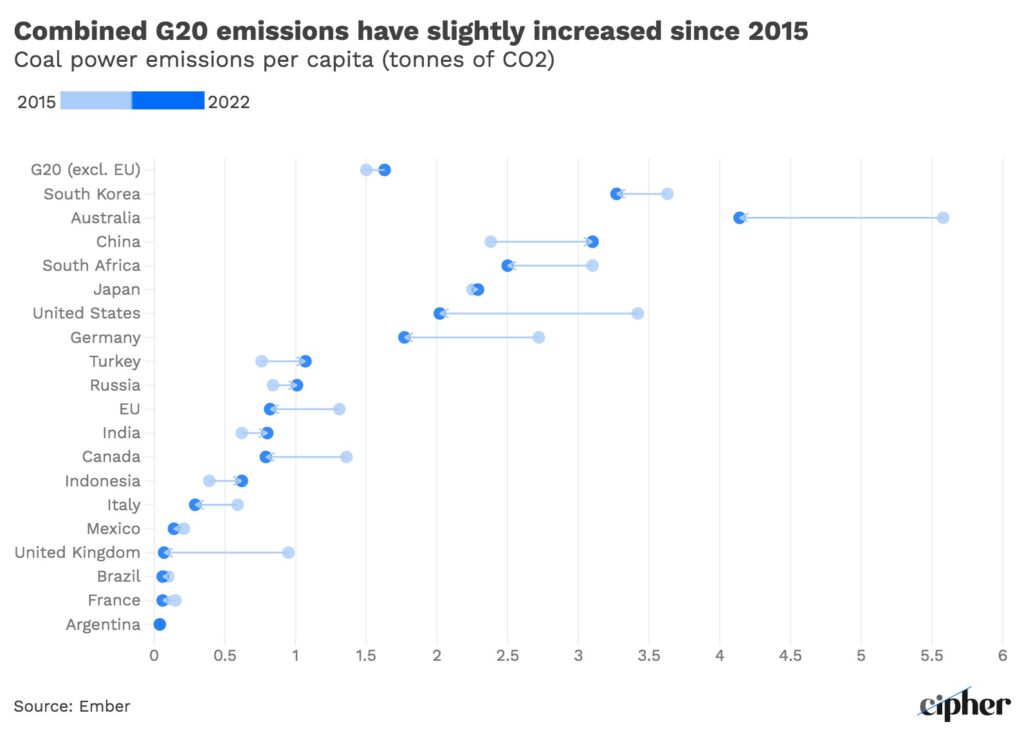COULD SAND BE THE NEXT LITHIUM?

kvkirillov/iStock
This question begins an insightful article from Shira Rubin in the Washington Post. Rubin describes a new class of energy storage systems which she dubs natural batteries. These are less-expensive, less-volatile and longer-duration alternatives to the lithium-ion batteries common in renewable energy systems today.
These natural batteries, like the Polar Night system described in the article and 247Solar’s HeatStorE™ (not cited), store energy as heat instead of electricity in simple, abundant materials like ordinary sand. The stored heat (up to 1000 °C) can be retained for days or weeks and can be redeployed as needed, either as electricity using turbines or as heat itself. In Rubin’s words, “[the] stored energy helps to smooth out power grid spikes and back up district heating networks, keeping homes, offices, saunas and swimming pools warm.”
Rubin continues, “Natural batteries are meant to enable countries to take advantage of prodigious supplies coming from wind turbines and solar panels, [even] when the sun isn’t shining and the wind isn’t blowing. The price of renewables remains below the cost for fossil fuels … but the green energy revolution still faces a huge obstacle: a lack of long-term, cost-efficient renewable storage.”
What’s wrong with lithium?
Rubin says that’s because, “In addition to their limited capacity, lithium-ion batteries … tend to fade with every recharge and are highly flammable, resulting in a growing number of deadly fires across the world.” In addition, “The extraction of cobalt, the lucrative raw material used in lithium-ion batteries, also relies on child labor. U.N. agencies have estimated that 40,000 boys and girls work in the industry, with few safety measures and paltry compensation … These serious environmental and human rights challenges pose a problem.
Geopolitical benefits
Rubin sees other advantages to natural batteries too. She quotes Claudio Spadacini, founder of Italian company Energy Dome: “Natural batteries will help renewables eclipse fossil fuels and free countries from geopolitical challenges, such as Russia’s Ukraine invasion.” “Renewables are democratic,” he says. “The sun shines everywhere and the wind blows everywhere, and if we can exploit those sources locally, using components that already exist, that will be the missing piece of the puzzle.”
Moreover, says Polar Night’s Ville Kivioja in the Post article, “Sand has almost no limits … And it’s everywhere.”
Read the full article here.
Energy security for both electricity and heat from simple, abundant materials
People and businesses need both electricity and heat to survive and thrive. 247Solar’s HeatStorE™ thermal battery captures energy from PV, wind or the grid and stores it as heat in cheap, plentiful materials like sand or iron slag.
As a battery, HeatStorE converts stored heat to both heat and power (CHP) as needed for 9 hours or more on a single charge.
As a backup system, HeatStorE produces both heat and power even when fully discharged by burning any locally available fuel, even hydrogen, ensuring 24/7 operation during even the longest grid outages.
HeatStorE enhances energy security and provides peace of mind with:
- Full uptime during natural emergencies or supply disruptions
- Fully dispatchable, 24/7 standby heat and power on demand
- Increased energy system reliability & operational flexibility
KENYA ENCOURAGES NEW TACK IN AFRICA’S APPROACH TO CLIMATE

Fredrik Lerneryd/Bloomberg
Kenya’s president, William Ruto, offered a bold proposal on Sept. 4, during the opening day of the inaugural Africa Climate Summit in Nairobi, Kenya. As reported by Bloomberg, Ruto is calling on Africa to present itself as a solution to the global warming crisis, instead of largely as its victim.
Bloomberg reports, “While African nations still rightfully bemoan the fact they contribute very little greenhouse gas emissions and disproportionately suffer the consequences of global warming, Ruto wants the continent to put itself forward as a potential source of green energy.”
To accomplish this, Ruto is encouraging African leaders to offer the continent’s abundant sun, wind and green mineral sources as energy solutions, beginning at the upcoming COP28 UN climate conference in the UAE.
As posted on X the morning of the conference, Ruto said, “We bear the brunt of the crisis despite contributing the least to global warming, but we have chosen to lead by putting forward solutions that also support development across our continent … Africa has ample renewable energy potential and resources to green its own consumption and meaningfully contribute to decarbonization of the global economy.”
At the same time, per Bloomberg, “Ruto also called for reform of the global financial system to provide the money needed to fund climate resilience and low-carbon development, and this year has begun campaigning for Africa to get more money from carbon markets.”
Bloomberg observes that it won’t be as easy for other African nations to follow Ruto’s path. “Kenya is blessed with ample geothermal resources and it has few significant fossil fuel reserves, unlike the oil-dependent economies of Nigeria and Angola and emerging gas producers, Mozambique and Senegal.”
Still, Africa has the wind and solar resources enough to supply its own power needs many times over and many of the green minerals needed for the global energy transition.
The goal, according to an early draft of the planned declaration from the summit reported by Bloomberg, is to ramp up renewable energy production while charting a green pathway for the economic development that may one day lead to Africa supplying Europe or other markets with green hydrogen.
Bloomberg quotes Dileimy Orozco, a senior policy adviser at climate think tanks E3G, as saying, “This could be a new departure for relationships between developed and developing economies … This could signal the intent of African leaders to be shapers rather than takers of the global financial system.”
Read more here.
G20 LEADERS MEET AS COAL EMISSIONS RISE

Ember
Another important summit will take place in early September when the leaders of the world’s 20 richest countries (G20) gather in India. As reported by Anca Gurzu in Cipher, an analysis from Europe-based climate think tank Ember found that the Group of 20’s shift to clean power is not happening fast enough to outpace a rise in coal use among some of its members, whose collective emissions from coal-fired electricity actually increased over the last seven years.
Says Gurzu, “The findings highlight countries’ conflicting agendas as they try to grow their individual economies and work together to tackle climate change.”
The Ember study revealed that “although more than half of all G20 countries decreased their per capita coal emissions between 2015 (the year the Paris Climate Agreement was signed) and 2022, those reductions weren’t big enough to offset increases elsewhere in the bloc.”
While “the G20 could make or break global efforts to accelerate the uptake of clean power,” according to Ember, Gurzu predicts that the summit could also offer a preview of what’s to come at the United Nations’ COP 28 climate conference later this year.
Read more here.
FOLLOW & JOIN 247Solar
LinkedIn US, LinkedinEU, Twitter, YouTube
Contact: info@247solar.com
